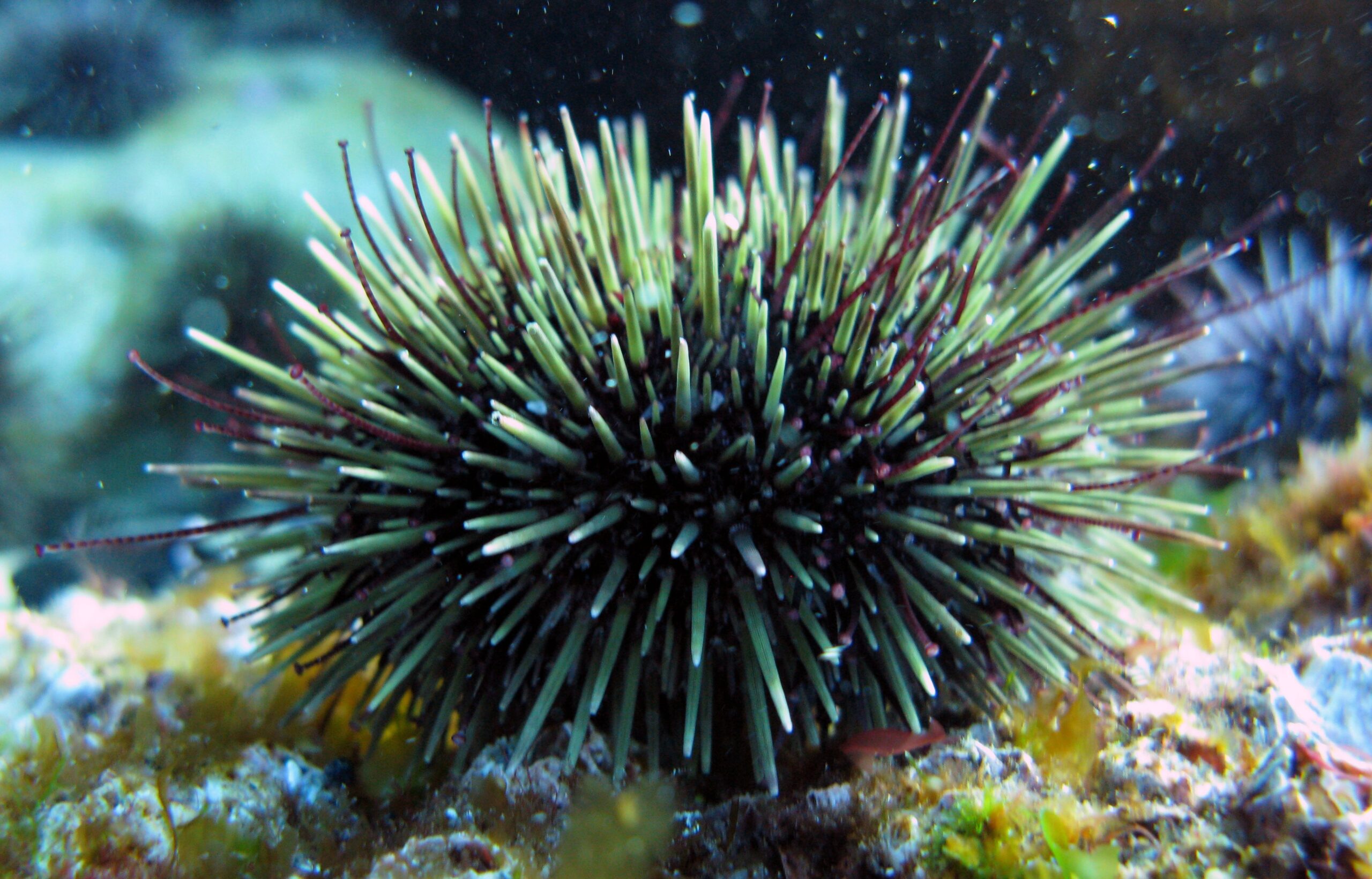Photo from niva.no.
A team of researchers at the University of Rhode Island has received a $100,000 grant to save and expand the green sea urchin market through aquaculture.
Coleen Suckling, an assistant professor of sustainable aquaculture, is leading the project along with several graduate and undergraduate students from URI and the University of Maine.
Suckling said that this project has several goals, but the overarching one is to save the species while also keeping them as a part of the global market.
“Like many things we intend to exploit as humans, we tend to overexploit with time to the point where it is beyond sustainable and this is the case of the green sea urchin,” Suckling said. “This project is basically about trying to reemerge this very lucrative species but through aquaculture, because that’s the only space where we can produce them.”
The researchers are also looking to find solutions for how to better raise sea urchins in a hatchery setting. In the past, the success rate of settlements has been below 1 percent. The team will experiment with chemical cues, settlement media and diet options to get the urchins to high-quality market size.
“It’s a bit of a balance of applying something that’s going to grow well and promote marketable features that we want from the product,” Suckling said.
Suckling said that sea urchins are currently expensive, which is hurting their market.
“It makes them not very competitive against other commercial species like oysters or mussels, for example, which are much much cheaper,” she said.
Sea urchins are primarily sold as a delicacy in some Asian countries, including Japan where it is better known as uni, but are a relatively uncommon food item in the United States. Suckling explained that one can find the edible part of a sea urchin by cutting the sea urchin in half and pulling it apart. Inside, there is a star-shaped edible roe that ideally should be firm and pumpkin orange-colored.
Suckling explained that the growth and development of sea urchins is somewhat still a mystery. She described the transformation from larvae to adult as “bizarre,” saying that at first, the urchins look like 1-millimeter upside-down pyramids on stilts. Over time they develop more arms and once they are almost ready to attach to a surface, they create a rudiment which then reabsorbs its own body to turn into an urchin.
“We have quite limited information about this because it’s such a short period of time,” Suckling said. “But when they transform into a miniature juvenile urchin, they kind of basically reabsorb themselves and then metamorphose into the mini urchin.”
This project has also provided hands-on research experience for undergraduate students such as URI freshman Ellie Madigan.
“Assisting with this research has forced me to become more confident in my skill-set and taught me how to work under quarantine conditions,” she said. “I have also been exposed to the research process, understanding how much work and how many people are needed to make this successful.”
Suckling is optimistic that the green sea urchin market still has untapped potential and that they can find a solution for farming more urchins.
“I believe that we can find a solution,” she said. “I believe that we can identify some good settlement media that would increase settlement success.”





